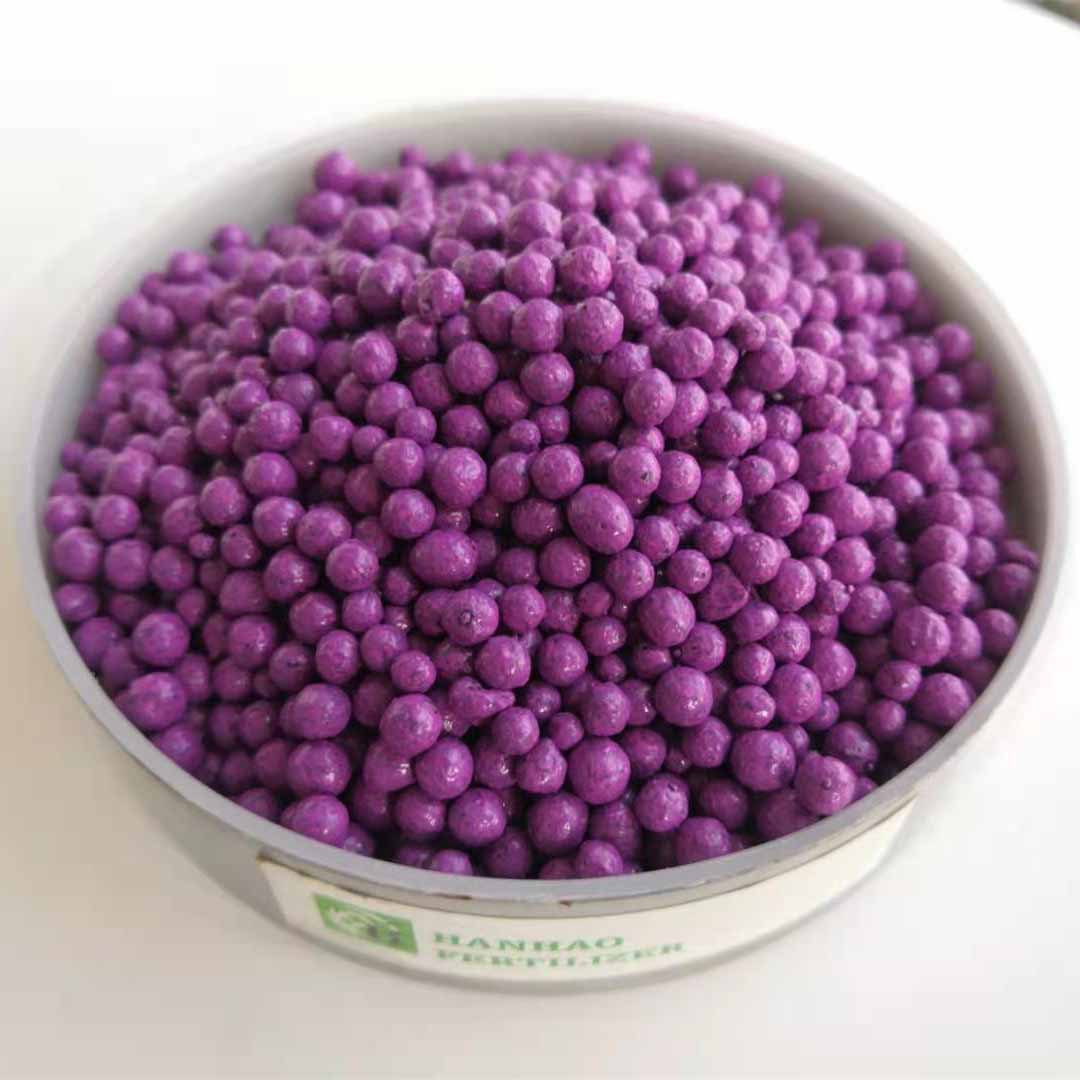
12-р сар . 15, 2024 01:48 Back to list
Balanced Water Soluble Fertilizer for Optimal Plant Growth and Nutrition
The Benefits and Applications of 15-30-15 Water Soluble Fertilizer
In the world of agriculture and gardening, the importance of proper nutrition for plants cannot be overstated. One of the most effective methods of delivering essential nutrients to plants is through water-soluble fertilizers. Among these, the 15-30-15 water-soluble fertilizer stands out due to its balanced nutrient composition and efficiency. This article explores the advantages, applications, and best practices of using 15-30-15 water-soluble fertilizer in various contexts.
Understanding the Nutrient Composition
The numbers in the 15-30-15 formula represent the percentages of three key nutrients nitrogen (N), phosphorus (P), and potassium (K). Each of these nutrients plays a vital role in plant development
- Nitrogen (15%) Essential for vegetative growth, nitrogen is crucial for the synthesis of chlorophyll, the green pigment that allows plants to photosynthesize. A sufficient supply of nitrogen promotes lush, green foliage and overall plant vigor.
- Phosphorus (30%) Often referred to as the key nutrient for flowering and fruiting, phosphorus enhances root development and strengthens plants' resistance to diseases. It is particularly important during the early stages of plant growth and in the blooming stages, where it helps ensure abundant fruit set.
- Potassium (15%) This nutrient plays a significant role in regulating various physiological functions within plants, including water uptake and enzyme activation. Potassium contributes to overall plant health, improves disease resistance, and enhances the quality of fruits and flowers.
The higher phosphorus content in the 15-30-15 formula makes it particularly suitable for use during the flowering and fruiting stages of plant growth.
Applications in Gardening and Agriculture
15-30-15 water-soluble fertilizer can be used in a variety of applications, from home gardens to large-scale agriculture. Here are some key areas where this fertilizer excels
1. Flowering Plants When applied to flowering plants such as tomatoes, peppers, and various ornamental flowers, the high phosphorus content supports robust flower development and increases fruit yield.
15 30 15 water soluble fertilizer

2. Hydroponics In hydroponic systems, where soil is absent, water-soluble fertilizers are essential for delivering nutrients directly to the plant roots. The 15-30-15 formulation provides a balanced nutrient solution that promotes healthy growth in a controlled environment.
3. Container Gardening Plants grown in pots often face nutrient depletion due to limited soil volume. Regular application of 15-30-15 water-soluble fertilizer can help replenish nutrients and enhance plant growth, making it ideal for container gardening enthusiasts.
4. Soil Improvement For areas with nutrient-poor soils, incorporating this fertilizer can help improve soil fertility over time. The water-soluble nature ensures that plants can absorb nutrients quickly, leading to improved growth rates.
Best Practices for Use
To maximize the benefits of 15-30-15 water-soluble fertilizer, it is important to follow best practices regarding application
- Dilution Always dilute the fertilizer according to the manufacturer’s instructions. Over-fertilization can lead to nutrient burn and harm plant health.
- Timing Apply the fertilizer during the early morning or late afternoon to reduce evaporation and ensure that plants can effectively take up the nutrients.
- Frequency Depending on the plant type and growth phase, apply every 1-4 weeks, adjusting based on the specific needs of the plants and environmental conditions.
- Monitoring Keep an eye on plant health and growth. Adjust the fertilizer application based on observed results and any visible nutrient deficiencies.
Conclusion
In conclusion, the 15-30-15 water-soluble fertilizer is a powerful tool in the arsenal of both amateur and professional gardeners. Its well-balanced nutrient profile makes it particularly effective for enhancing flowering and fruiting stages, while its water-soluble nature allows for efficient nutrient uptake. By adhering to best application practices, gardeners can ensure robust plant growth, increased yields, and healthier gardens, making this fertilizer an invaluable resource in modern horticulture.
-
10 10 10 Fertilizer Organic—Balanced NPK for All Plants
NewsJul.30,2025
-
Premium 10 10 10 Fertilizer Organic for Balanced Plant Growth
NewsJul.29,2025
-
Premium 10 10 10 Fertilizer Organic for Balanced Plant Growth
NewsJul.29,2025
-
Premium 10 10 10 Fertilizer Organic for Balanced Plant Growth
NewsJul.29,2025
-
50 Pound Bags of 13-13-13 Fertilizer for All Plants – Bulk & Organic Options
NewsJul.28,2025
-
High-Efficiency 15-30-15 Granular Fertilizer for Healthy Crops
NewsJul.28,2025
